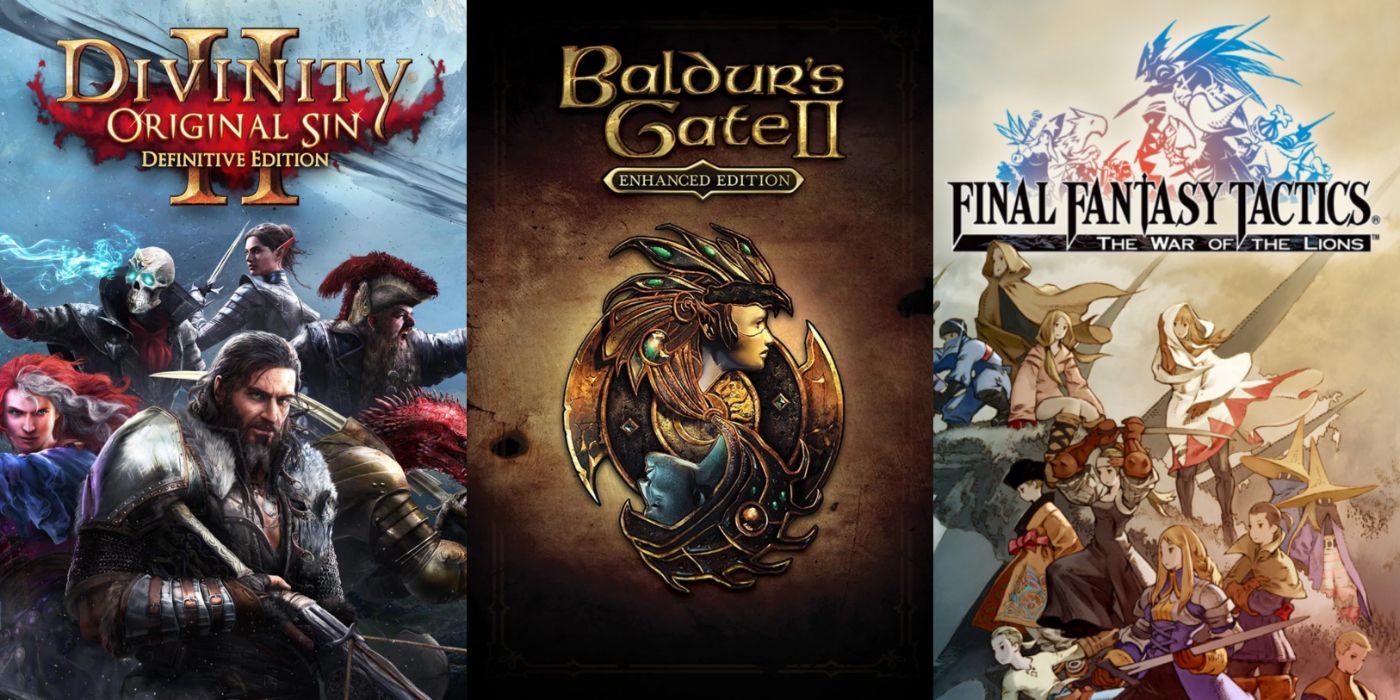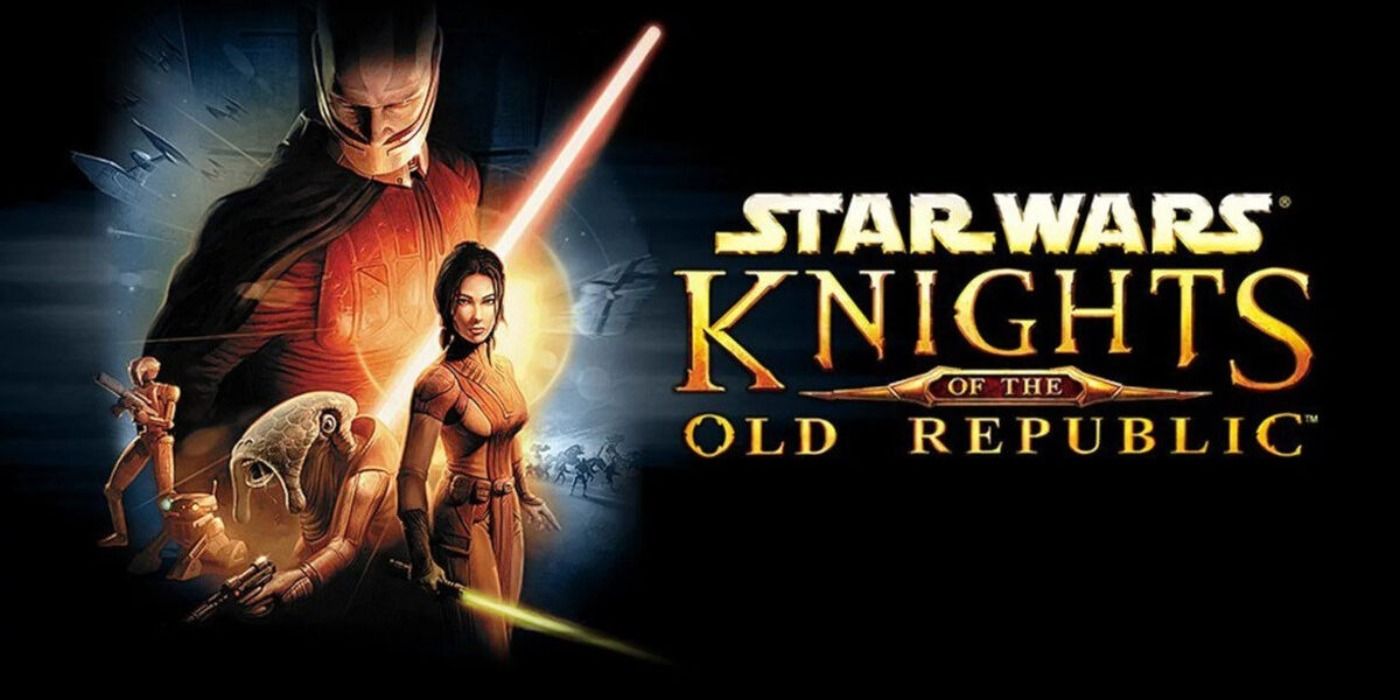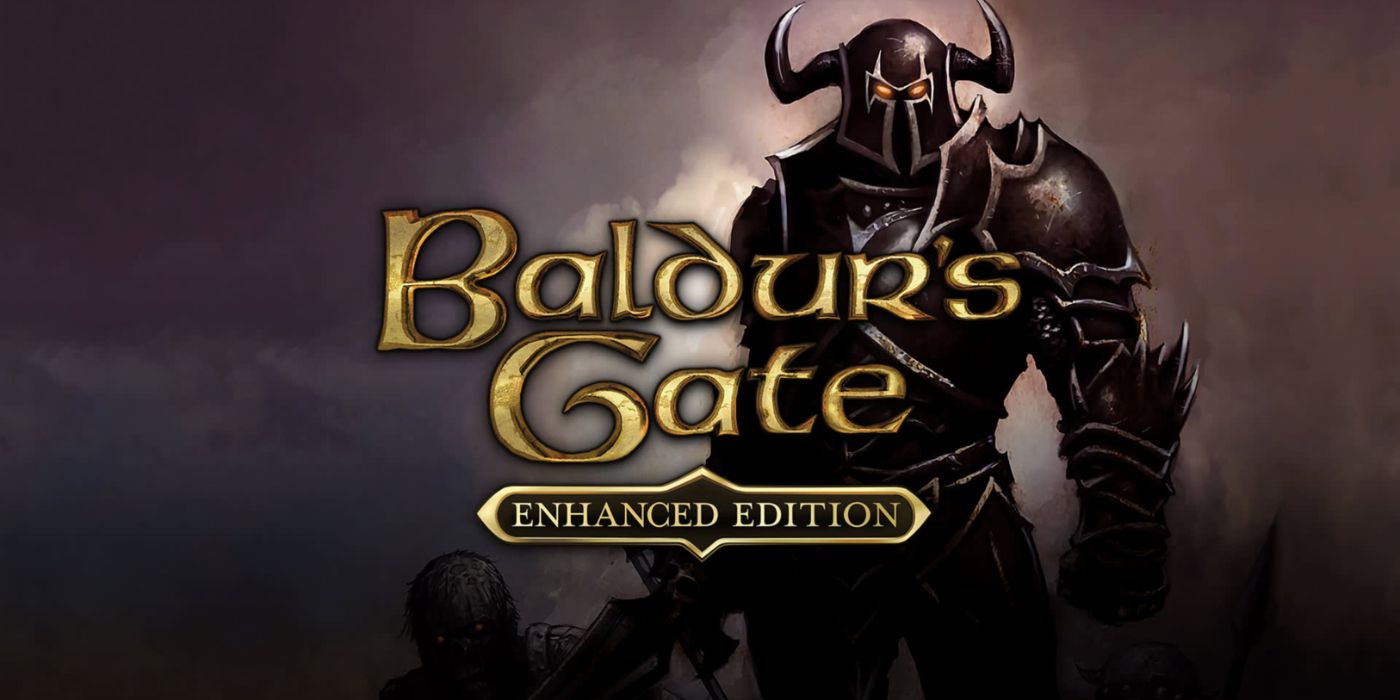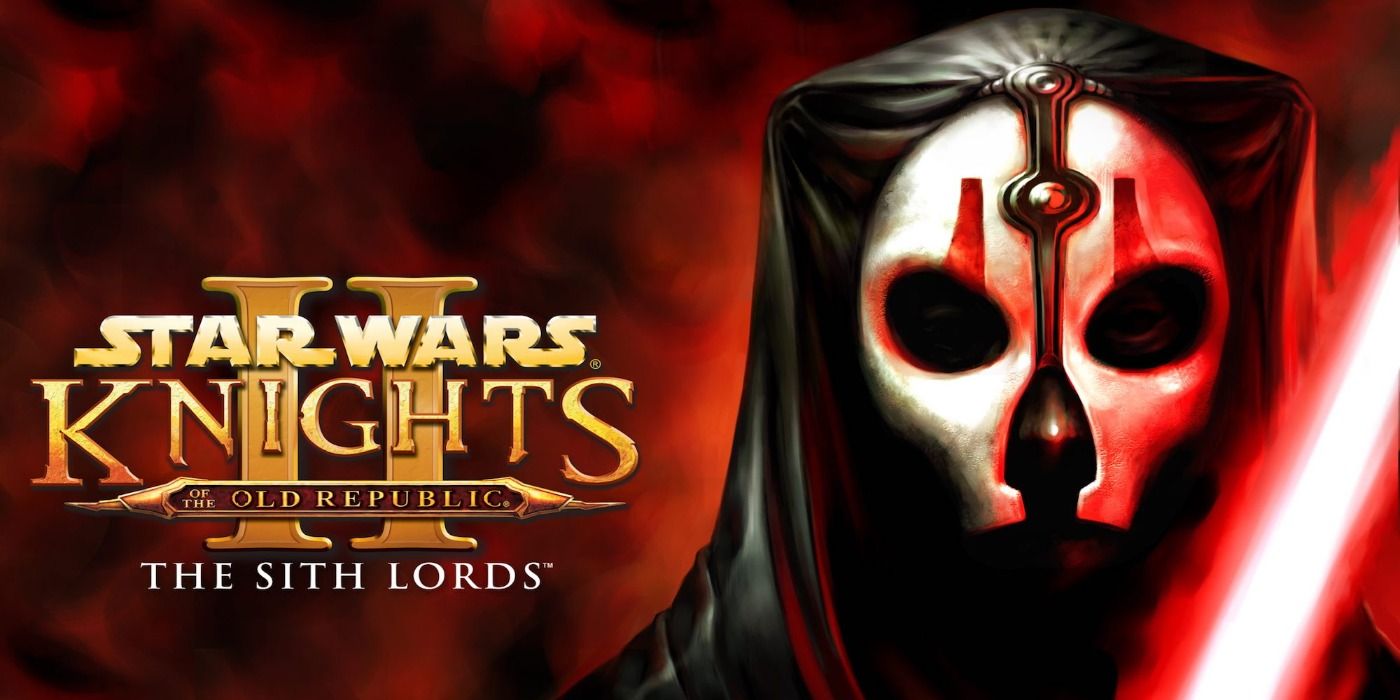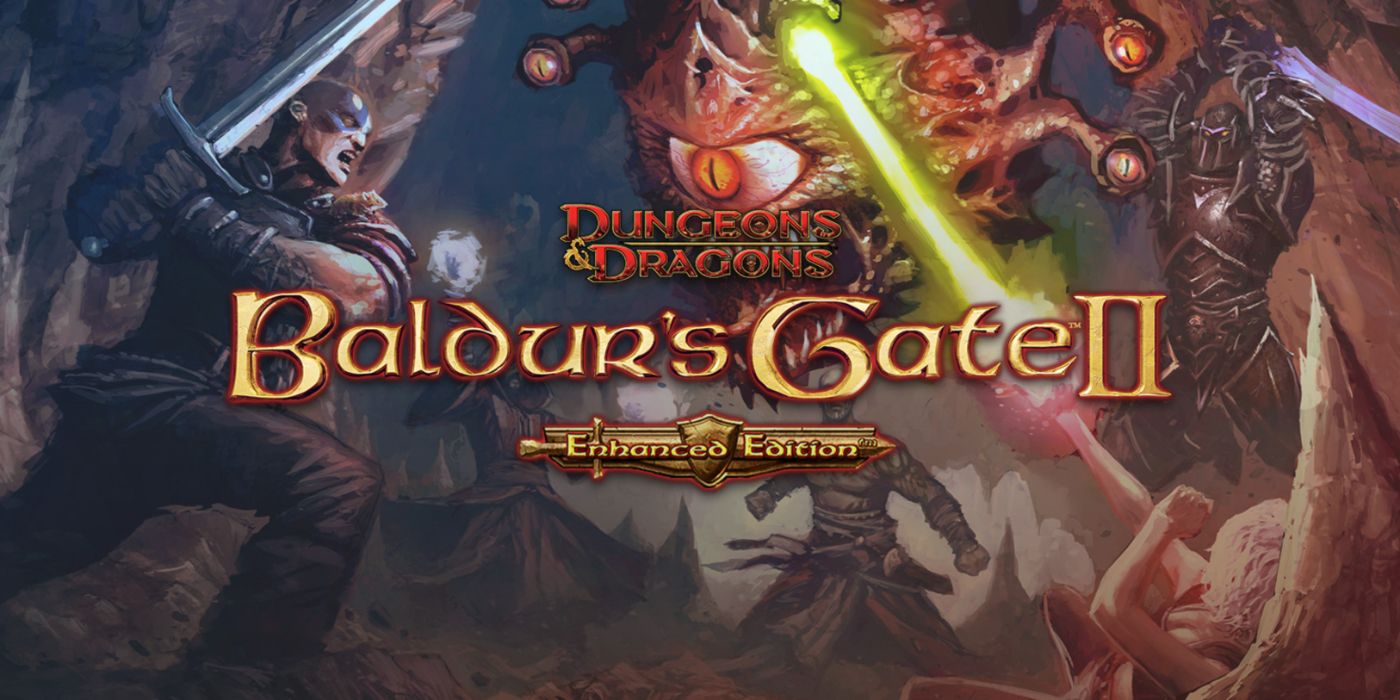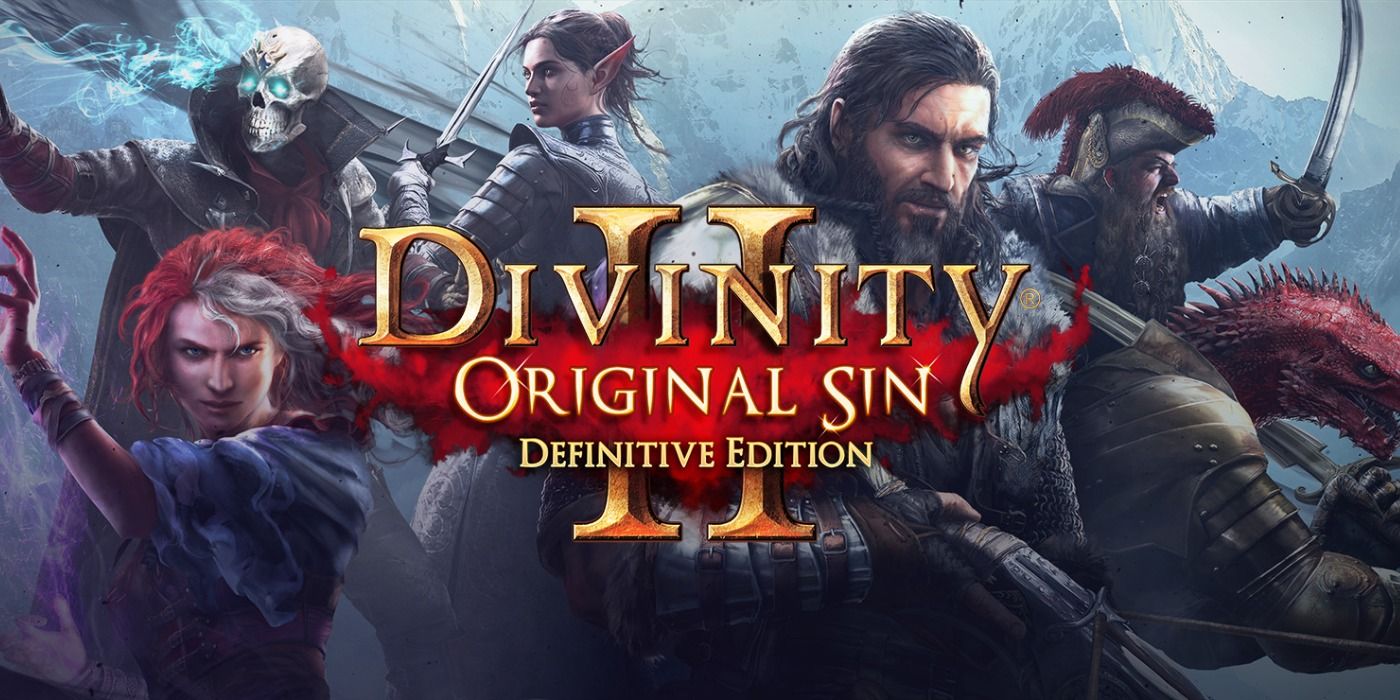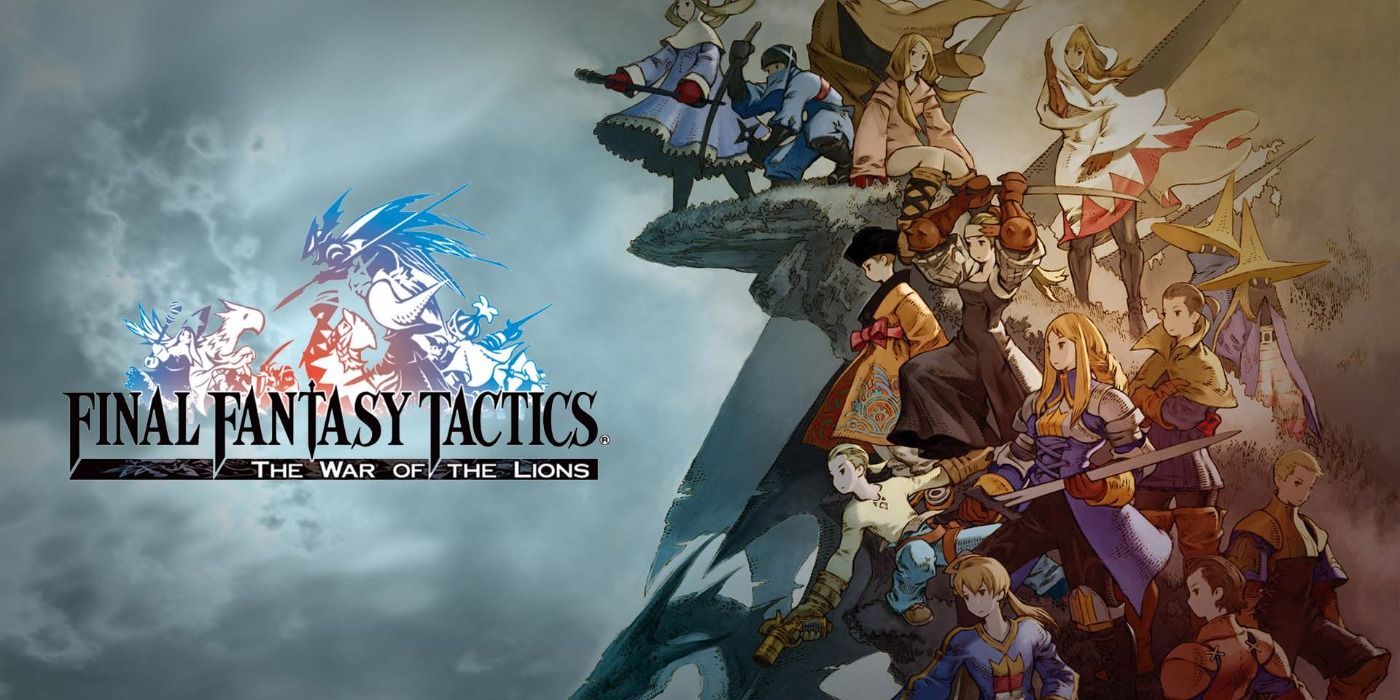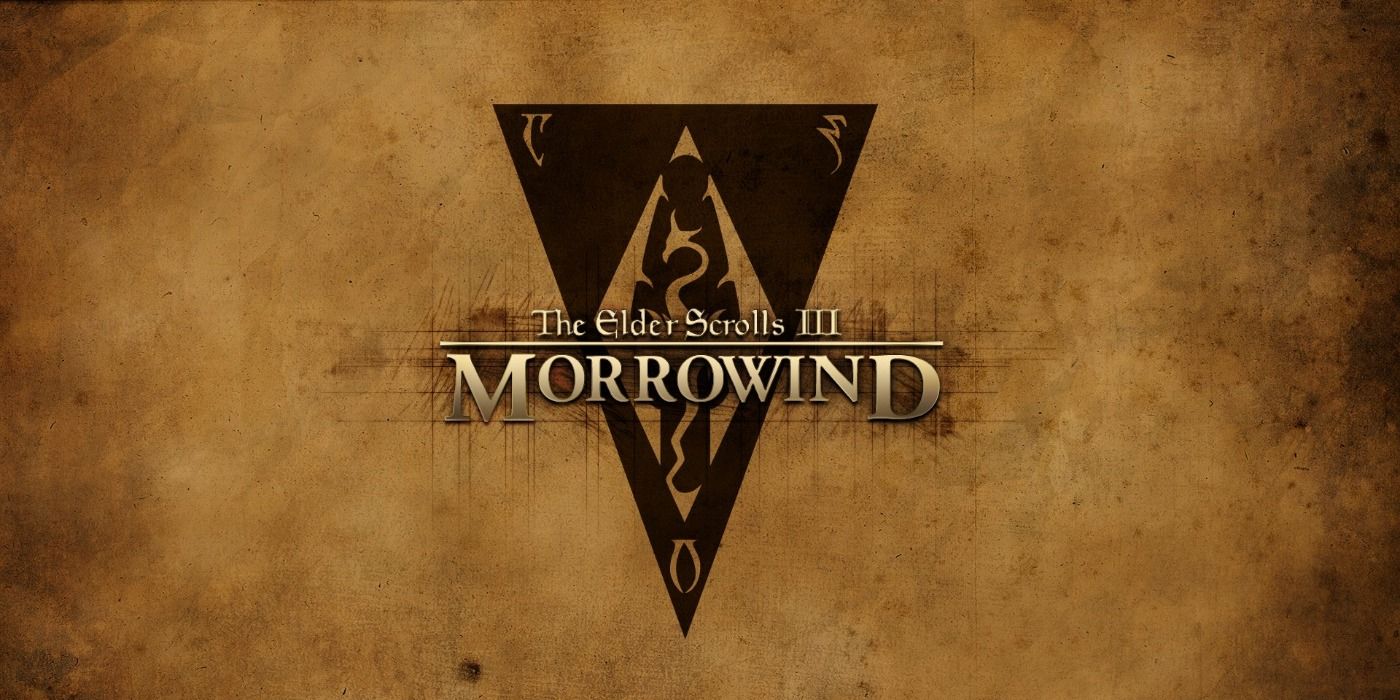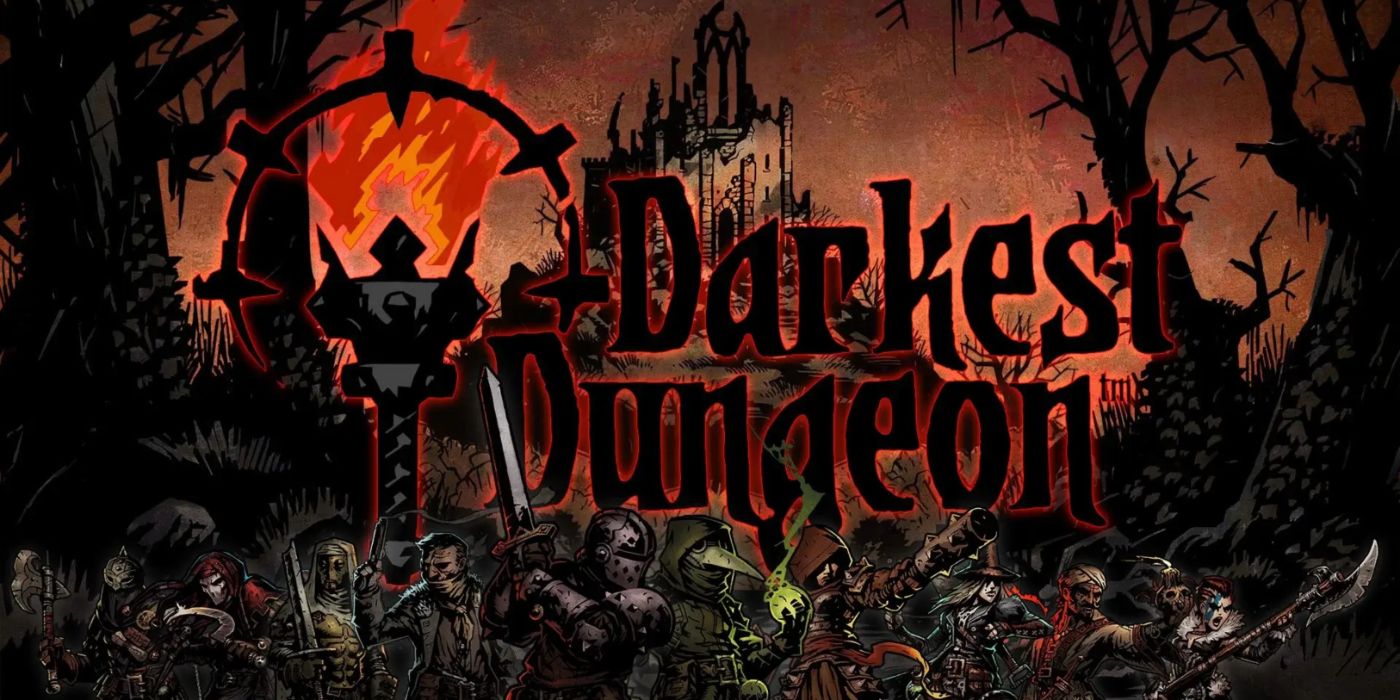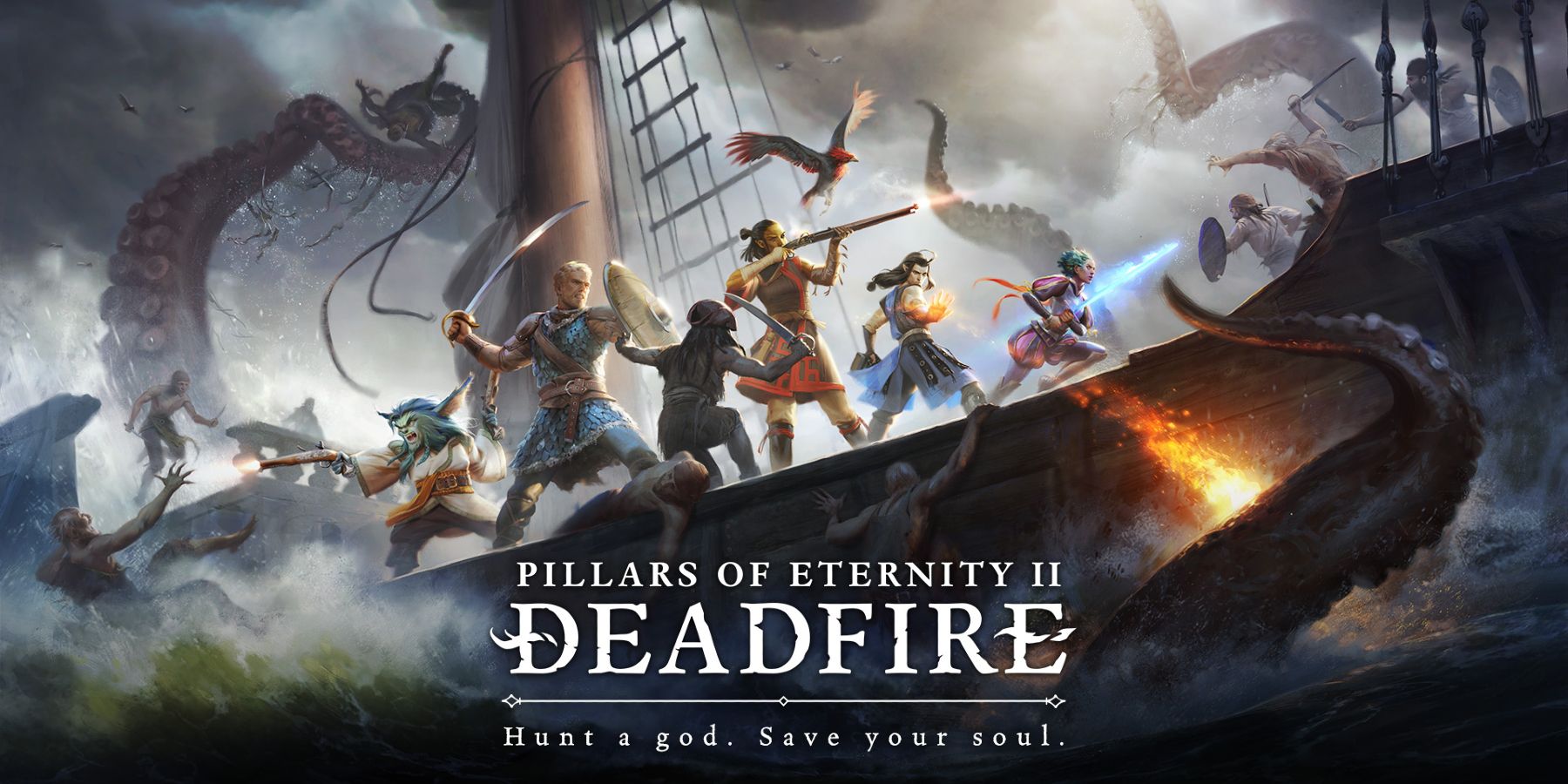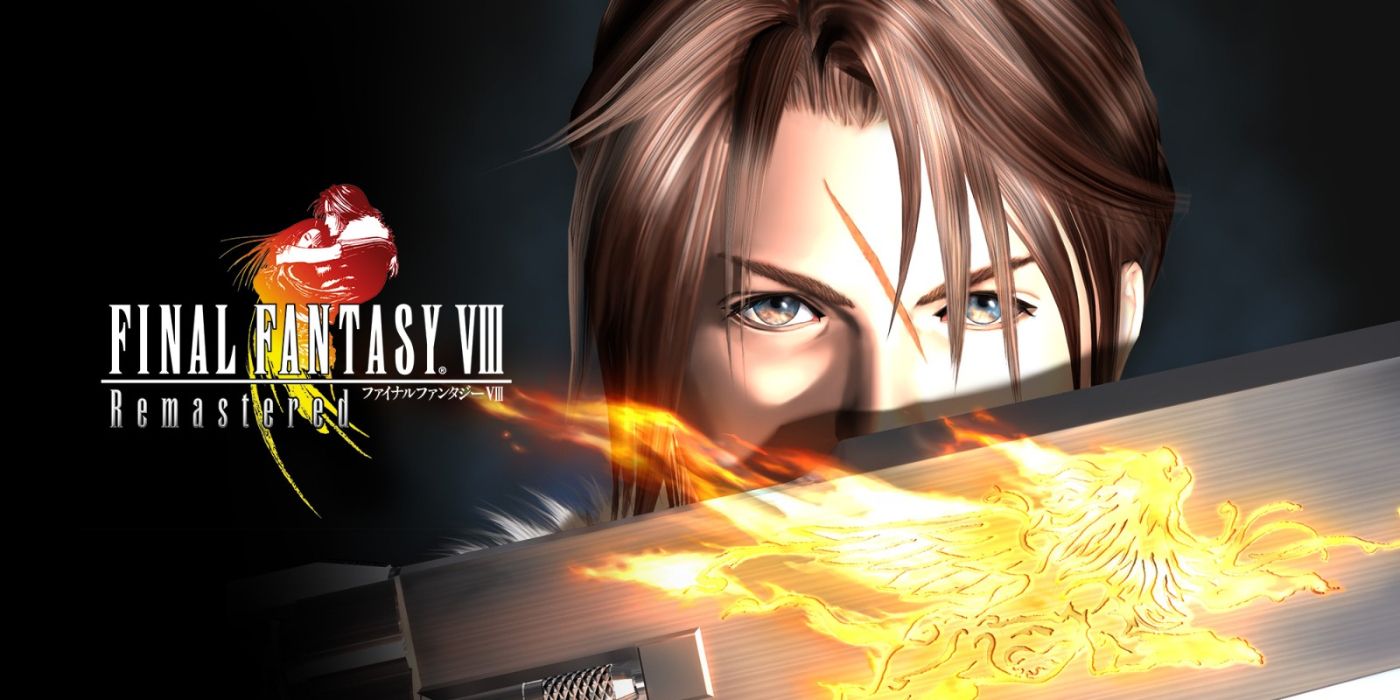The RPG genre is alive and well in the modern age of gaming, with games like Bethesda's Starfield and Square Enix's Final Fantasy XVI being one of the most highly-anticipated games on the horizon. It also has a long history in the medium, with countless complex and engrossing RPGs paving the way for the genre to be as mainstream as it is now.
This genre invites deep character customization, combat, and dialogue-drive player choice mechanics that can be as immersive as it is complicated. Games like the classic Baldur's Gate series to JRPGs like Final Fantasy Tactics can be punishing but thrilling for genre veterans.
Star Wars: Knights Of The Old Republic
During the days of LucasArts, the publisher and developer BioWare released one of the greatest Star Wars games in the form of Knights of the Old Republic. The game puts players in the role of an amnesiac Jedi joining forces with a variety of supporting characters, Force-sensitive and otherwise, to help the Galactic Republic against Darth Malak's impending Sith invasion.
However, players can choose where to morally align their protagonist, and its intricate class- and stat-based character progression can make or break a build. Part of the complications admittedly arise from the game's clunky combat, but keeping track of questline goals and carefully managing the party is challenging.
Baldur's Gate
Before Knights of the Old Republic, BioWare was famous for its older CRPGs like Baldur's Gate. The game was widely acclaimed in the late '90s, as it was lauded for being the next evolution of the subgenre and RPGs in general.
Baldur's Gate is one of the classic examples of traditional Dungeons & Dragons video game adaptations, complete with all the layered and intricate gameplay systems that made the tabletop RPG so popular. The level of strategy required can be daunting, as there are so many ways to approach a combat situation on top of managing party composition.
Star Wars: Knights Of The Old Republic II - The Sith Lords
Since BioWare opted to develop Mass Effect instead of KotOR's sequel, Obsidian took the reigns and delivered an admiral game after such an acclaimed predecessor. Knights of the Old Republic II - The Sith Lords' story follows a new protagonist, an exiled Jedi Knight looking to gather the allies that remain to battle a Sith Empire that's nearly wiped out the Jedi Order.
Mechanically, much of what made the first game carried over into The Sith Lords. The balance of combat can be as exciting as it is difficult to grasp, with the classes and stats available for players to customize offering a lot of versatility -- should players be well-versed in what makes for an optimal build.
Baldur's Gate II: Shadows Of Amn
BioWare followed up on the acclaim of Baldur's Gate exceptionally with Shadows of Amn and its expansions. The sequel was praised for building upon writing, combat, and graphics strengths by early '00s standards.
While it was considered streamlined for the time, its aging systems can be simultaneously gripping for RPG fans and daunting for newcomers. It's not exactly a surprise when it comes to the classics of the CRPG subgenre, and Baldur's Gate II: Shadows of Amn fleshes out its complexity with an even bigger web of strategic options in combat -- and how enemy AI can thwart them.
Divinity: Original Sin II
Larian Studios has helped the CRPG subgenre thrive in the double-A gaming space with its Divinity: Original Sin series. The second game honed in on the strengths of the first and became hailed as one of the greatest in the CRPG subgenre in the process. But while the Definitive Edition makes features and mechanics more streamlined and accessible, its gameplay is still famously demanding.
Though not strictly a strategy RPG, Divinity: Original Sin II asks players to think at their tactical best, with many variables at play amid turn-based combat. With layered combat involving enemies with armor values stacked on top of health, environmental hazards, and intelligent enemy AI, it's still a game for hardened RPG veterans.
Final Fantasy Tactics
Despite being a spinoff, Tactics is often regarded as one of the best Final Fantasy games by the fan base. Final Fantasy Tactics takes place in the world that would become known as XII's Ivalice, centering around a highborn military cadet thrown in the middle of The Lion War, where two warring noble factions are vying for the throne. As the name suggests, this spinoff veers into the tactical RPG genre as opposed to the series' conventional turn-based JRPG formula.
And as acclaimed as it is, Tactics is notorious for having a high barrier to entry, proving to be grueling for the uninitiated. Starting with few abilities and daunting enemies despite being the early hours of the game, it immediately puts players through the wringer in terms of requiring intimate knowledge of the combat system and forces near-perfect strategizing. It's something that didn't change from the original PS1 release to the War of the Lions PSP remake.
The Elder Scrolls III: Morrowind
In the case of Bethesda's The Elder Scrolls III: Morrowind is, in part, complex due to its antiquity. Like other games, Morrowind's aged gameplay systems alongside its natural difficulty combined for an experience that's much more accommodating for longtime RPG enthusiasts today.
It didn't launch with different difficulty modes, daunting enemy encounters that could easily punish players, and NPCs gave vague clues as to where and how to complete quests. In addition to getting a handle on Morrowind's class-based character customization and progression systems, this acclaimed fantasy series' third entry isn't for novices but is still a nostalgically engrossing experience.
Darkest Dungeon
When it comes to grueling RPGs, Red Hook Studios' Darkest Dungeon is one of the most ingenious games of the modern age for the way it blends role-playing elements with the rogue-lite genre. It uses the latter genre to make the game one of the most gripping dungeon crawlers available, and aside from Darkest Dungeon's inherent difficulty spikes, its various gameplay systems mesh together well for hardened players but a potentially punishing one for beginners.
On top of the permadeath system, players have to manage the party composition of characters that have a myriad of combinations, as well as the Stress and Light mechanics that go hand-in-hand with making sure the player's characters don't go insane. They're straightforward systems on paper but become complex to manage in practice.
Pillars Of Eternity II: Deadfire
Like the aforementioned Divinity: Original Sin II, Obsidian Entertainment's Pillars of Eternity series is a throwback to the vintage '90s days of CRPGs. The sequel, Deadfire, is another immersive high-fantasy RPG, this time with pirate/seafaring elements.
Fans generally regard Pillars of Eternity II: Deadfire as the least complex between it and Divinity -- and by extension less than Baldur's Gate -- but it's still a game that plays to the tastes of massive genre fans. It asks the player to manage the synergy between five or six party members, not to mention the various classes, subclasses, and unique stat focuses they each need to make for a successful playthrough.
Final Fantasy VIII
Final Fantasy VIII is a rare example of a game that managed to be both critically acclaimed and divisive all at the same time. Like the revered FFVII before it, VIII leans into sci-fi more than it does high fantasy, with protagonist Squall Leonhart and his crew of mercenaries thrown into turmoil against the imposing time-traveling sorceress Ultimecia.
The main point of contention for the game is its (somewhat infamous) Junction system. On one hand, it paves the way for countless possibilities for pairing Guardian Forces (Summons) with characters and spells with characters' stats, but it was simultaneously criticized for being complicated to the point of convolution. With the mainline Final Fantasy games functioning as anthology stories, they can be played in any order, but from a gameplay perspective, VIII is one of the least beginner-friendly entries.

